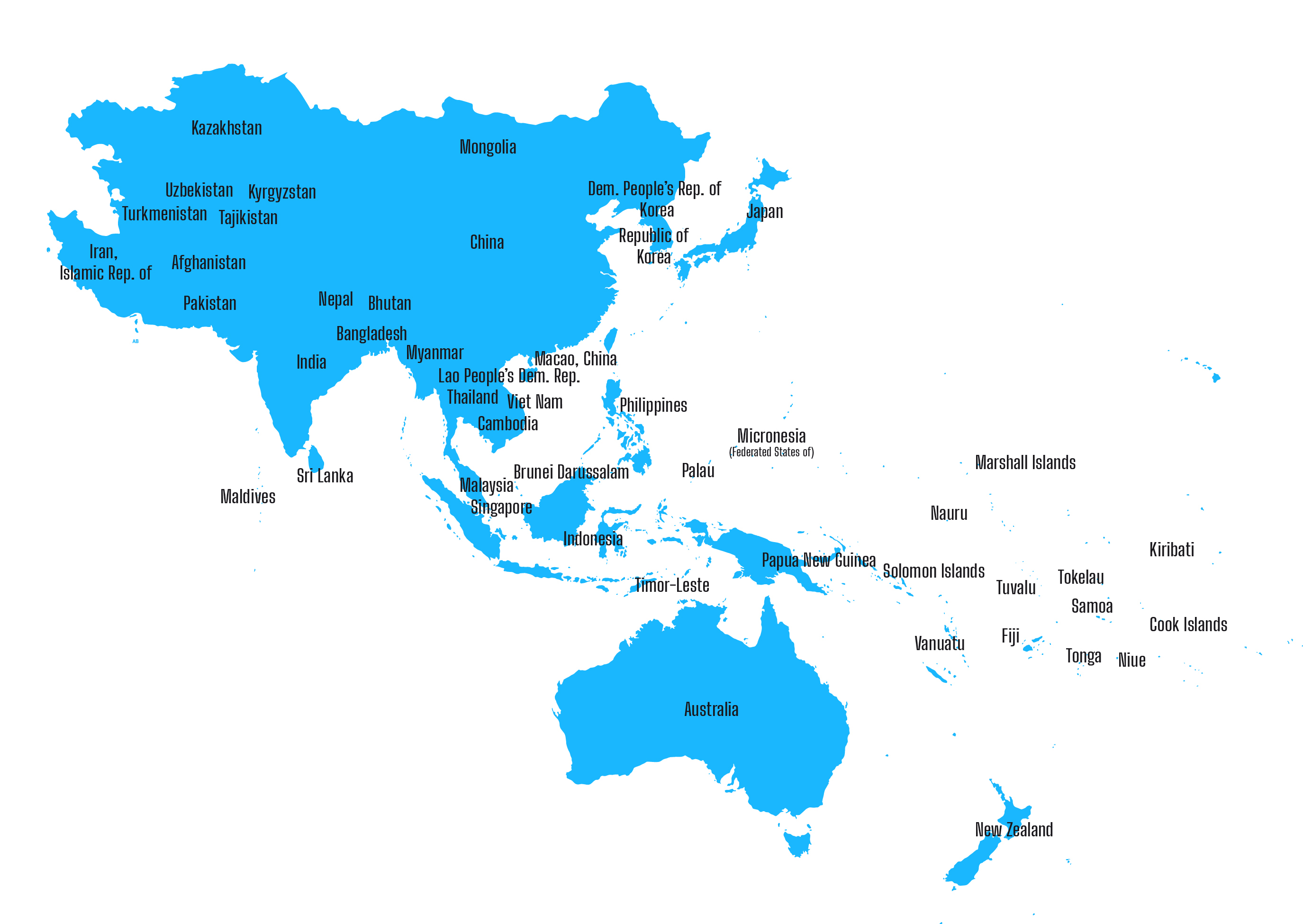Electric vehicles (EVs) are quickly becoming a popular alternative to traditional gas-powered vehicles due to their efficiency, lower operating costs, and lower carbon emissions. However, as more people purchase EVs, the demand for EV charging stations continues to grow. In this article, we will explore EV charging solutions in different countries, their challenges, and the solutions being used to address them.
North America
The United States and Canada have been at the forefront of the EV industry, with Tesla being the most prominent EV manufacturer. In the United States, several companies have emerged to provide EV charging solutions, including ChargePoint, Blink, and Electrify America. These companies have built a network of Level 2 and DC fast charging stations across the country, providing charging solutions for both personal and commercial EVs.
Canada has also been investing in EV infrastructure, with the federal government providing funding to support the installation of EV charging stations across the country. The Canadian government aims to have 100% of new passenger vehicles sold in the country be zero-emission vehicles by 2040. To achieve this goal, the government has established the Zero-Emission Vehicle Infrastructure Program to support the deployment of EV charging infrastructure in public places, including parking lots, workplaces, and multi-unit residential buildings.
Europe

Europe has been a leader in EV adoption, with Norway being the country with the highest percentage of EVs on the road. According to the International Energy Agency, Europe accounted for over 40% of global EV sales in 2020, with Germany, France, and the United Kingdom leading the way.
To support the growth of the EV industry, the European Union (EU) has established the Connecting Europe Facility (CEF), which provides funding for the development of EV charging infrastructure across the continent. The CEF aims to support the deployment of over 150,000 charging points across the EU by 2025.
In addition to the CEF, several private companies have emerged to provide EV charging solutions across Europe. For example, Ionity, a joint venture between BMW, Daimler, Ford, and the Volkswagen Group, aims to build a network of 400 high-power charging stations across Europe by 2022. Other companies, such as Allego, EVBox, and Fastned, have also been investing in EV charging infrastructure across the continent.
Asia-Pacific

Asia-Pacific is one of the fastest-growing regions for EV adoption, with China being the world’s largest EV market. In 2020, China accounted for over 40% of global EV sales, with several Chinese EV manufacturers, including BYD and NIO, emerging as major players in the industry.
To support the growth of the EV industry, the Chinese government has established the New Energy Vehicle Industry Development Plan, which aims to have 20% of all new car sales be new energy vehicles by 2025. To achieve this goal, the government has been investing heavily in EV charging infrastructure, with over 800,000 public charging stations installed across the country.
Japan and South Korea have also been investing in EV charging infrastructure, with both countries aiming to have a significant percentage of new car sales be EVs by 2030. In Japan, the government has established the EV Towns Initiative, which provides funding to local governments to promote the installation of EV charging stations. In South Korea, the government has established the Electric Vehicle Roadmap, which aims to have 33,000 EV charging stations installed across the country by 2022.
Challenges and Solutions

Despite the growth of the EV industry and the investment in EV charging infrastructure, several challenges remain. One of the biggest challenges is the lack of standardized charging protocols, which can make it difficult for EV owners to find a compatible charging station. To address this challenge, several organizations, including the International Electrotechnical Commission (IEC) and the Society of Automotive Engineers (SAE), have developed international standards for EV charging, such as the CCS (Combined Charging System) and CHAdeMO protocols.
Another challenge is the cost of EV charging infrastructure, which can be prohibitively expensive for some companies and governments. To address this challenge, several solutions have emerged, including public-private partnerships and the use of renewable energy sources to power EV charging stations. For example, some companies have partnered with governments to provide EV charging stations in public places, with the government providing funding for the installation and maintenance of the stations.
In addition, the use of renewable energy sources, such as solar and wind power, to power EV charging stations has become increasingly popular. This not only reduces the carbon footprint of EV charging but can also reduce the cost of electricity for EV owners. In some cases, EV charging stations can even be used to store excess renewable energy, which can be used to power the grid during peak demand.
Conclusion

The EV industry is rapidly growing, and the demand for EV charging solutions is increasing. Governments, private companies, and individuals are all investing in EV charging infrastructure to support the growth of the industry. However, several challenges remain, including the lack of standardized charging protocols and the cost of EV charging infrastructure. To address these challenges, solutions such as public-private partnerships and the use of renewable energy sources have emerged.
As a company that researches, develops, and produces EV chargers, Sichuan Weiyu Electric Co., Ltd. can play a significant role in supporting the growth of the EV industry. By providing high-quality, reliable, and cost-effective EV charging solutions, the company can help to address the challenges facing the industry and contribute to the transition to a more sustainable transportation system.
Post time: Feb-28-2023

